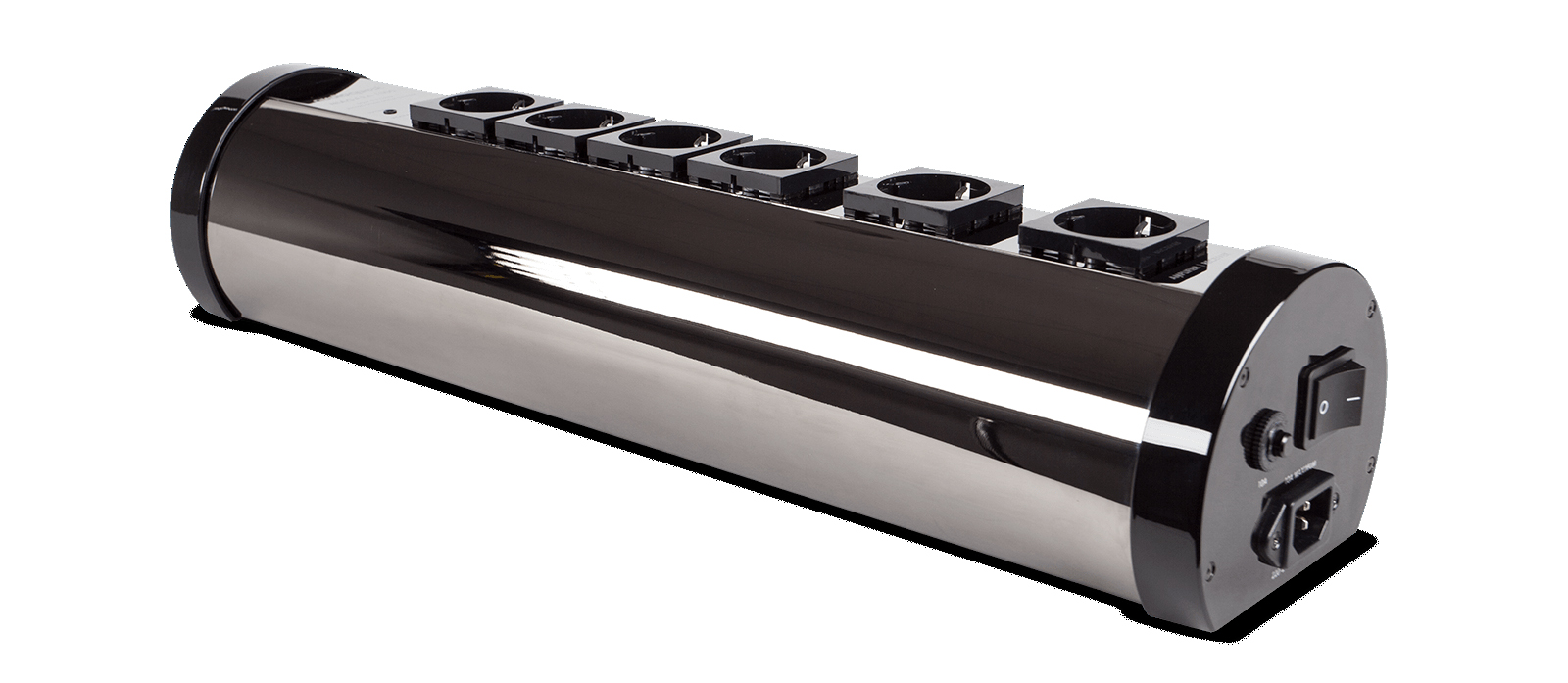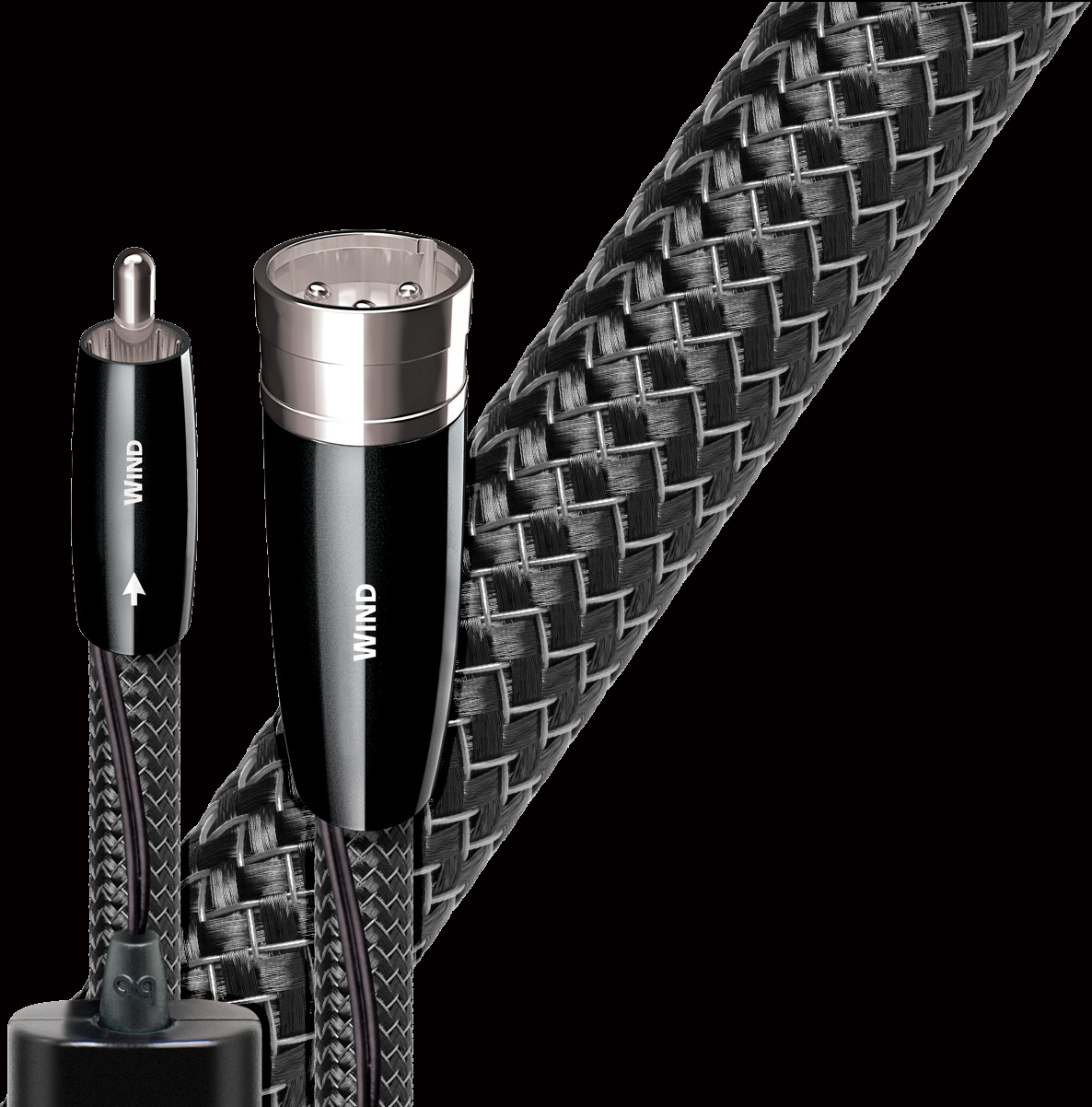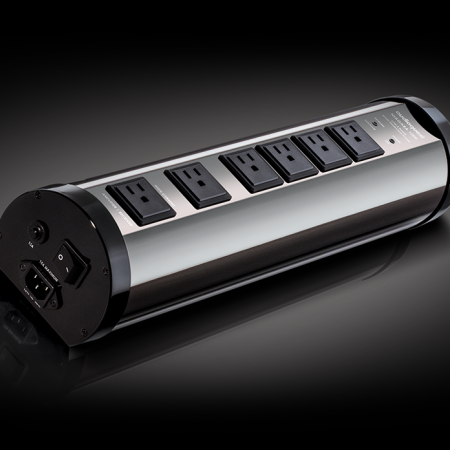AudioQuest is no stranger to high-end audio, founded in 1980 by Bill Low the company is one of the leading companies in cable design and power conditioning in the world. The company does extensive research and development and has always been a world-class organization for introducing bench mark products for both the consumer and the recording industry. AudioQuest sent me the Niagara 1000 power conditioner and their new Thunder power cable, which are designed to eliminate noise in a system and deliver strong high current to components. The design deals with noise issues and other distortions from electric power coming into your home or studio.
Many music lovers today use computers more than ever for music delivery. The biggest issue with music streaming is that many computers deliver noise and distortion. Using many different sources over the years I have had issues in the past with noise and grunge. High-end headphone listening with poor electronics and issues with noise and distortion that can occur from power surges and heavy usage on electrical lines is anything but musical. The audible noise can be a slight hum or bright sounding distortion that make the gear sound bright and harsh and not enjoyable. Many music listeners have never experienced what a well-conditioned system can deliver in musical enjoyment through the use of power conditioning. Using high quality chords and power conditioners, not only protects your equipment from surges and loss of power, but also eliminates issues with noise and distortion and make the experience truly spectacular.
Niagra 1000 and Thunder/High Current Power Chord
Designed by Garth Powell the Niagara 1000 is lower priced edition of the upscale Niagara 7000. The smaller enclosure has 6 AC outlets; one of the AC outlets is for high-current ground and the other 5 are all ultra linear filtered to further enhance noise control. The design of the Niagara 1000 is modern and sleek. The unit can be placed on a rack or on the floor. I have my listening studio setup with a desk and all components are on a 4 shelf 40 inch rack and speakers on each side. The best location for the 1000 for me is using it on the floor under the desk.
Installation was a snap. The Marantz SA10, Modwright Oppo UDP205, VPI Prime Scout and the VPI 229 integrated were all plugged into the Niagara 1000 outlets. The power chords of the components were all Nordost Blue Heaven. The AudioQuest Thunder three-pole cable was plugged into the Niagara 1000 and the wall outlet of my listening room.
The streaming service I use most frequently is Tidal. In addition there are DSD files and high resolution downloads in other formats stored on the iMac . Removing all power conditioning from the system, I was able to hear distortion and irritable noise while listening. The VPI Prime Scout turntable had lot of hum and rumble, making music listening difficult and less enjoyable. Streaming introduced noise and made Tidal sound like I was listening to poorly recorded material in MP3 files instead of the high quality lossless music we subscribe to. The time spent listening was a poor experience and left me with an empty feeling. Musical enjoyment was missing and the sound was distracting more than enjoyable.
After installing the Niagara 1000 and Thunder power cord, the music was dead silent. Music had a better sense of clarity and more transparency. Missing from the system was any audible distortion or noise coming from the computer or sources that were being used. The VPI Prime became quiet and the hum and rumble disappeared as if a magician had appeared and whatever was causing the hum was missing and the rumble non existent.

Listening to vinyl was much more enjoyable and Tidal now was streaming lossless with more clarity and the recordings sounded much closer to CD quality than without the Niagara in the system. Streaming lossless and MQA from Tidal was exceptionally quiet, with exceptional instrument tonality, stepping up the sound quality significantly. Using the Thunder High Current power cord with the system was also a major improvement over a stock inexpensive power cord. The 3 pole design delivered clean and unpolluted electricity to the Niagara 1000.
Living in a suburban town of 50,000 at times is challenging. Listening at night, the sound usually is not as clean as when there is less people using electricity. The AudioQuest duo made listening a more rewarding and enjoyable experience and eliminated any distractions from the music for a truly sensational experience.
AudioQuest Wind Interconnects
The Wind interconnect at $2000 per meter is not inexpensive, the silver cable was designed to be implemented in reference systems and extract the best tonality and musicality from whatever high-end system in which it is installed. The Wind uses solid connectors which help prevent magnetic interactions and strand to strand contact which can cause distortion. Using high quality silver in the design delivers a musical sound rather that the bright irritating sound that many cables introduce.
The cables are directional and need to be used with the arrows toward your amplifier. The triple geometry is triple balanced and uses a carbon based 6 layer shield to reduce the RFI contamination that is introduced into components. The Wind was used with my two digital sources the Marantz SA10 and the Modwright Oppo UDP 205 and the VPI 229D tube integrated amplifier.
The sound differences were immediately noticeable upon installation of the Wind into the system. Tonality and inner detail stepped up with better clarity and more air within the soundstage. The sound from large-scale recordings had better layering and more front to back depth. The musicians were all in defined space with terrific imaging. Closing my eyes I could visualize the performers in their own space with pinpoint imaging and focus.
Piano recordings were delightful and enjoyable to listen to with the Wind. The sound of the instruments had more body and inner detail. Delicacy of a pianist striking the key was vivid and tonality was accurate. The imaging improved reproducing the artist and instrument with better focus. Details were unmasked and you could hear more music and information in the recording. The detail and musicality from the Sa Chen “2nd concerto” on Pentatone SACD was magical. The Gulbenkian Orchestra was spread out in a defined soundstage with a quiet and black background. Sa Chen’s playing was vivid and alive. The inner detail and layering of the orchestra using the Marantz SA10 was special. When she hit the keys I could hear the detail of piano, whether it was a subtle delayed key or a dynamic passage. The musical experience of her masterful playing was special and the Wind made the detail more noticeable. The sound was improved and the small details in recordings were all now audible. The clarity at times was startling and made me feel as if I was hearing the recording for the first time.

Doug Mcleod’ s There’s A Time on Reference Recordings CD was spectacular using the VPI 229 headphone amplifier and the Fritz Carbon 7SE monitors. The Wind removed any barriers and left me with the music. McLeod’s vocal and guitar playing on this recording are sensational. The guitar was more defined in its own space and the imaging with focus so good it felt as if Doug was here in the room doing a live performance. This album is one of the best I have heard in recreating the space and the sound is one of the best recording for recreating a live performance.
The imaging and focus improved was well while listening to “Rosalie” from the same album. I could hear Doug stomping his foot while sitting in the chair and the inner detail of his guitar and playing was alive with musicality. There was improved tonality of the instruments and the vocal had more clarity. The guitar strings on “Black Night” and the delicate drum brushes being used by the drummer were all defined, transparent and never sounded splashy. I could hear the detail in Doug’s vocal clearly and the amazing sound was sensational. If you want to experience one of the most live sounding recordings this is a must own album that will deliver exceptional musicality and the Wind made this performance a memorable listening experience.
Conclusion
The AudioQuest power conditioning and cables made a major improvement to my system by delivering quiet and noise free music. The hum from the VPI Prime Scout turntable disappeared, as did the rumble. Hobbyists and music lovers invest thousands on components and without addressing the conditioning issues caused by dirty electricity and noise, never experience what the system is truly capable of producing,
The AudioQuest Niagara 1000 and Thunder are valuable components to make the system come alive with better definition and the Wind Interconnects unmasked more detail in the recordings. The uses of these made the experience more enjoyable and removed noise and hum while making the background black. The music had better layering and more air and clarity. If your not using any conditioning in your system your not hearing everything that the system is capable of.
If your looking to increase transparency and take your system to the next level you need to audition the AudioQuest Niagara 1000 and the Thunder, it may be the the final purchase you need to make your system perform at its best. Listening to properly conditioned components is a revelation and AudioQuest has created the solution to eliminate the grunge and leave us with quiet and distraction free music. If you’re near an AudioQuest dealer, I urge you to demo the components and you may find you’re hearing your music through your system for the first time. The AudioQuest components delivered exceptional performance and made the system sound quiet and delivered a sensational listening experience. Highly recommended for anyone looking to extract the best from their systems and music.
Niagra 1000
- 6 AC outlets: 1 High-Current Ground-Noise Dissipated; 5 Ultra-Linear Filtered/Ground Noise Dissipated
- Direction-Controlled Ultra-Low-Resistance Solid-Core Wiring
- Ultra-Linear AudioQuest AC RF Filtering Capacitors
- Patented Ground Noise-Dissipation System: 3 banks of direction-controlled ground noise dissipation
- Ultra-Linear Noise-Dissipation Technology: More than 18 octaves of AC differential filtering with linear response, optimized for varying line and load impedance
- Non-Sacrificial Surge Protection: Withstands multiple AC surges and spikes up to 6000V/3000A
- Zero Ground-Contamination Technology: Prevents the noise or surge energy present on AC Line or Neutral from connecting to the AC Ground
- Over-Voltage Shutdown with Automatic Reset
- Low-Z (low impedance) NRG Series AC Power Inlets and Outlets
- Dimensions: 4.75” W x 4.00” H x 20.00” D
- Weight: 5.5 lbs.
- $999
The Thunder Power Cable
- Solid Long-Grain Copper (LGC)/ Perfect-Surface Copper (PSC) Conductors
- Uncompressed High-Current Transfer
- Ground Noise Dissipation Technology (US Patent # 9,373,439)
- Zero Characteristic Impedance (50Hz – 1MHz)
- 72VDC Dielectric Bias System (US Patent #7,126,055)
- Directionally Controlled Conductor
- Priced at $625
Specifications and information at the Audioquest website.















Want to join discussion?
Feel free to contribute!